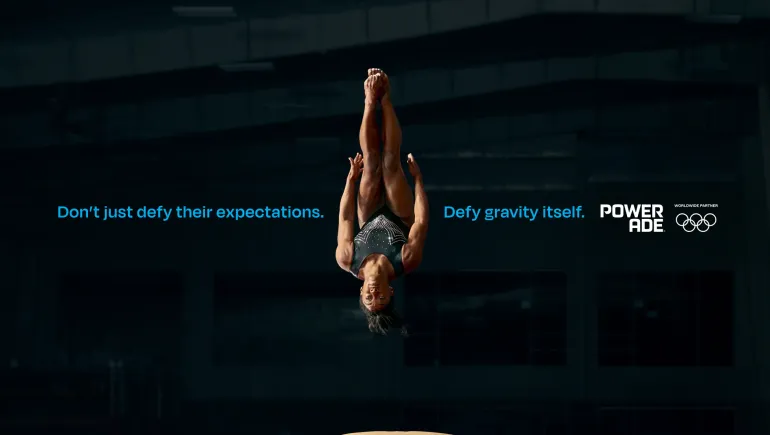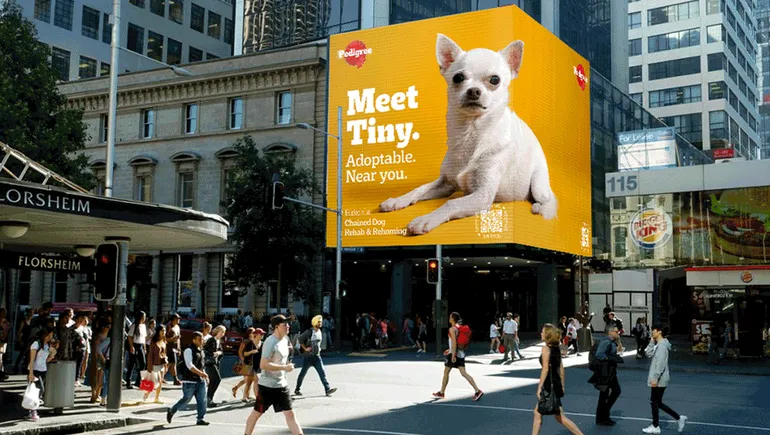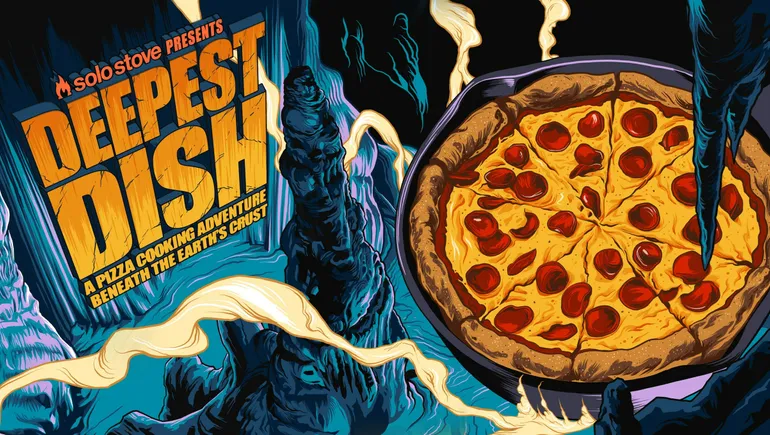
Ordering app Ritual pilots AdQuick’s performance-based OOH format
Dive Brief:
- AdQuick has launched a service called Performance Based Marketing that adopts the cost-per-engagement (CPE) model popular in digital advertising, according to a press release. The outdoor advertising solutions provider, whose clients include Turo, Mizzen+Main and Squarespace, claims the offering is the first of its kind for out-of-home (OOH) advertising.
- Brands using the solution will have a pre-negotiated cost pay-per-engagement for their OOH campaigns. Clients can define engagements as everything from direct website links to activating discount codes delivered via SMS, and only pay when those engagements are realized. AdQuick’s machine learning algorithm helps to determine the feasibility of campaigns and to optimize them around factors like media type, geography, duration and call to action. Adjustments can be made to campaigns while they’re running and insights are delivered via a real-time dashboard.
- The food ordering app Ritual beta tested the solution through a six-week SMS campaign running on street benches in downtown Los Angeles. The promotion, which offered a $20 welcome credit for buying food and drinks in nearby neighborhood venues, was focused on driving app downloads, and proved “successful,” per the release. A representative for AdQuick did not have specific results available to share when reached via email by Marketing Dive.
Dive Insight:
AdQuick’s attempt to translate the online CPE model to OOH channels is another indication that outdoor advertising is receiving a resurgence in innovation for the mobile and digital era. The company’s bigger clients embody the type of brands leading the fresh interest in OOH, namely digital disruptors and direct-to-consumer (DTC) brands whose businesses are built on performance marketing and largely targeted at consumer groups like tech-savvy urban millennials.
The Performance Based Marketing tool’s payment structure doesn’t require marketers to make heavy investments upfront to run a campaign, which could bolster appeal to smaller businesses or startups that don’t have the marketing budgets of larger brands. The SMS focus of the solution also shows that business-to-consumer text messaging continues to be relevant as apps try to drive downloads, discount redemptions and other forms of mobile engagement.
“As primarily digital marketers, this model transfers very well to OOH,” Maxx Freedman, West Coast general manager for Ritual, said in a statement around the Performance Based Marketing news. “Not having to pay upfront made it a no-brainer to experiment with and we’re delighted with what we have seen to date.”
As OOH advertising, which encompasses billboards, subways placements, bus benches and more, has continued to grow, other companies have worked to make the channel operate more like the online ecosystem. Verizon Media in April added digital OOH ad inventory to its demand-side platform, opening up a programmatic offering that allows brands to place ads on screens across the telecom’s network and target them around parameters like location, weather and daypart.
Overall spending on OOH grew 4.5% year-on-year in 2018 to reach $8 billion, according to estimates from the Out of Home Advertising Association of America, a trade body representing the industry. Those figures marked record-high growth for the format, with digital OOH representing 29% of the channel’s total revenue for the year.





